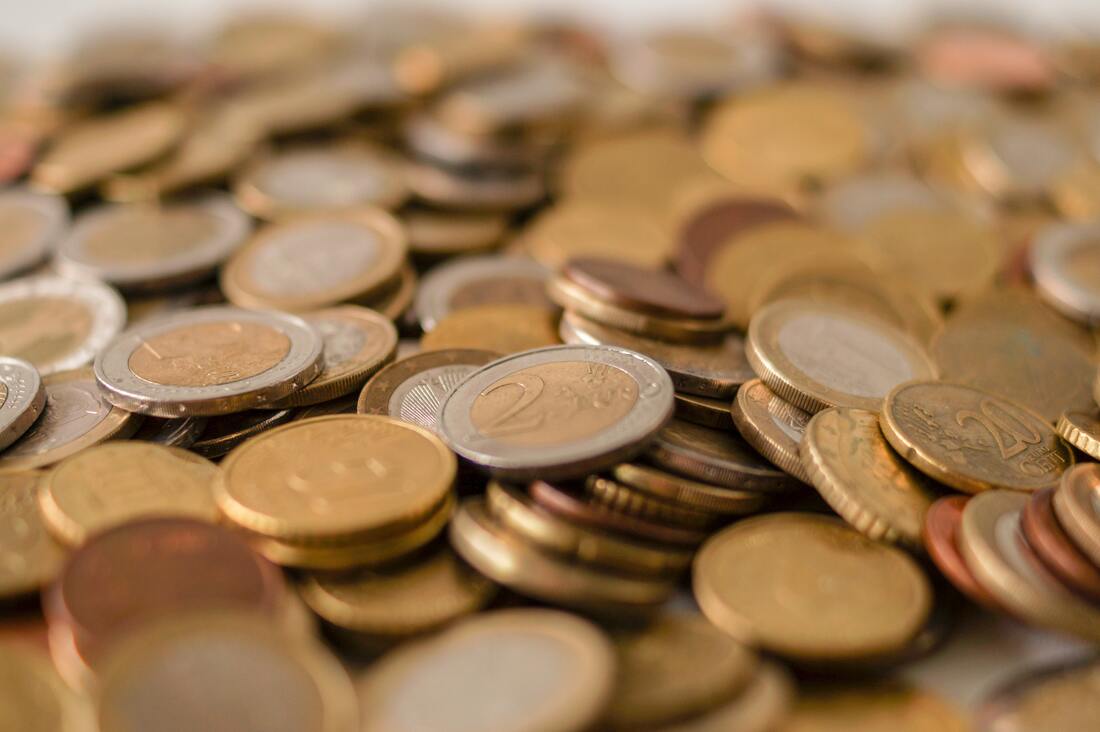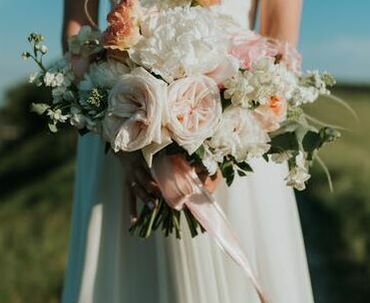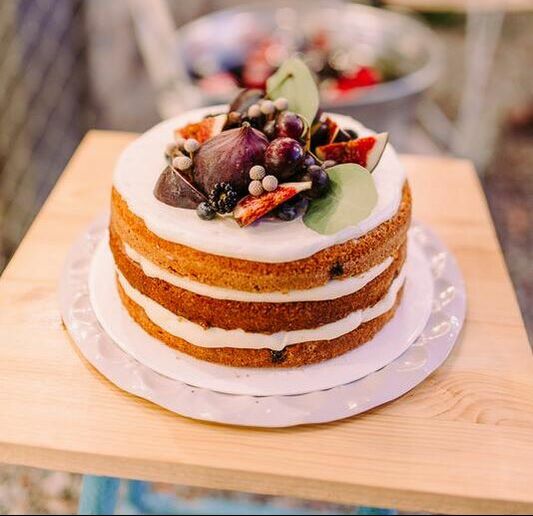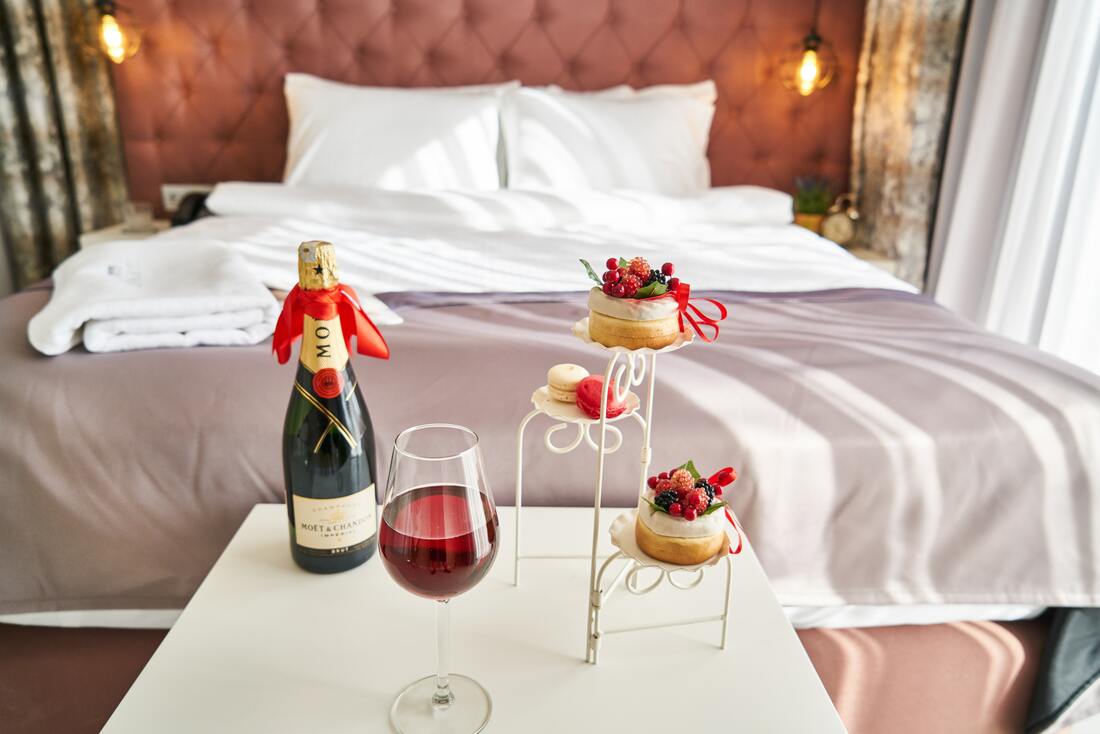|
Before you think: why in the WORLD would I care what happened to brides and grooms in the 1600s, remember that not everything that is trendy is contemporary. Your great-great-great-greats found their way to each other and none of them had a Save the Date website. The rituals - some of which are worth reviving (maybe) - all had their meaning. To us, as we gear up for a new year of weddings, looking back can be a fun way of looking ahead. For the lower classes during the 17th century, a coin, broken in half with one half kept by each person, was enough to signify an engagement. The couple would make oaths to each other and say prayers over the coins, giving them significance. These tokens were considered both promises and talismans against evil spirits. While at BT we help brides find gorgeous gowns on a budget, back in the 17th century, brides often did not buy a wedding gown and the dress really had no significance. It was simply the nicest dress a girl owned, maybe the one she wore to church or one with extra frill or embellishments. What WAS important was the garter! Two garters were worn, were usually blue and worn just above the knee. The evening of the wedding, before the bride and groom were left alone to start their lives together, two of the groomsmen would remove the garters from the brides legs and then pin them to their hats as a reward. One wonders if this was like catching the bouquet and marked these fellows as potential future grooms. Or...….. perhaps they just got teased a lot at the pub afterwards. Flowers back then were as important as they are now and loads of wildflowers and fresh flowers would be collected and carried while others were pinned to the bride's hat. Lower classes did not have access to hot house flowers and blooms from bulbs and formal gardens, so herbs like rosemary were used, orange blooms from nearby orchards and groves and any bright field flowers were perfect. After the ceremony, people threw wheat at the couple for fertility - a sort of precursor to confetti or rice. Honestly, they may have had it right back then since we now throw bird seed (NOT a symbol of fertility). Imagine what they would have thought of our use of sparklers to send off newlyweds. Cake!! We all love it and they did back in the day as well. While we're into frosting and multiple tiers, back then they were more interested in breaking the cake over the bride's head for fertility and fortune. Yep. You heard us. The community contributed all sorts of food, meat, drinks and sweets, but the wedding cake itself was gently broken over the bride's head for luck for her and the groom. Pieces gathered up by others were said to be lucky too. It's also a great way to stay thin - just break the cake instead of eating it. Finally, the 17th century wedding night: We send our couples off with cheers, cans tied to bumpers and other fanfare and happily return to the party. These early modern couples did too, but not until the bride and groom were escorted to their chambers. The bridesmaids would help the bride get out of her gown, removing any pins that might create havoc later and waited by the bed with her. The groom and his entourage would then show up and the couple were surrounded, given well wishes and finally left alone. AWK-WARD!! We don't know any current modern couple who would want their entire wedding party encircling their marital bed, but we're modest that way.
Regardless of tradition or theme, twists on century-old marriage rituals are pretty stinking fun! Enjoy planning, brides out there!
0 Comments
Your comment will be posted after it is approved.
Leave a Reply. |
Archives
July 2024
|






 RSS Feed
RSS Feed
